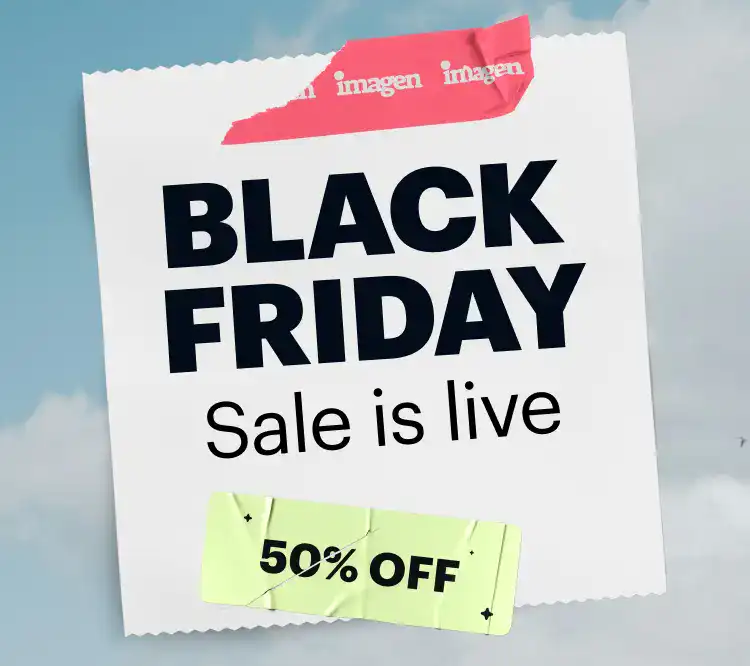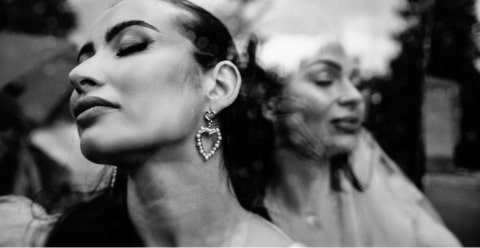Ladies, gentlemen, and non-binary folk, welcome to the most anticipated photography showdown since Goldsmith sued over Warhol’s use of her 1981 photograph of Prince.
Our boxing ring is the Imagenation Summit and we have Boris Eldagsen on one corner and Sam Hurd on the other, two talented photographers ready to duke it out over the impact of AI on photography.
As the discussion unfolds, I realize that I’m not in for the heated debate and head-butting match I initially expected. Surprisingly, these two photographers’ views on AI-generated art share common threads. As their conversation develops, it becomes apparent that their opponent isn’t each other, but the AI machine itself.
Round 1: Boris Eldagsen’s Jab at AI
Eldagsen’s AI-generated masterpiece titled “PSEUDOMNESIA | The Electrician” created a viral storm when it claimed the top spot in the Creative category at the 2023 Sony World Photography Awards. Instead of basking in the glory of his win, Eldagsen took a bold stance to encourage a much-needed conversation about the impact of AI-generated imagery in the photography space, especially in competitions. Fueled by Sony’s alleged refusal to engage in this discussion, he made a daring move and rejected the prestigious award.
The photography world erupted into a frenzy, igniting a cascade of controversial conversations that I am absolutely here for, popcorn in hand. Eldagsen’s brave act not only put AI-generated art in the spotlight but also raised important questions about the intersection of creativity and technology in the modern world of photography. With passionate debates and diverse perspectives, this is a spectacle I wouldn’t miss for the world. Munch munch.
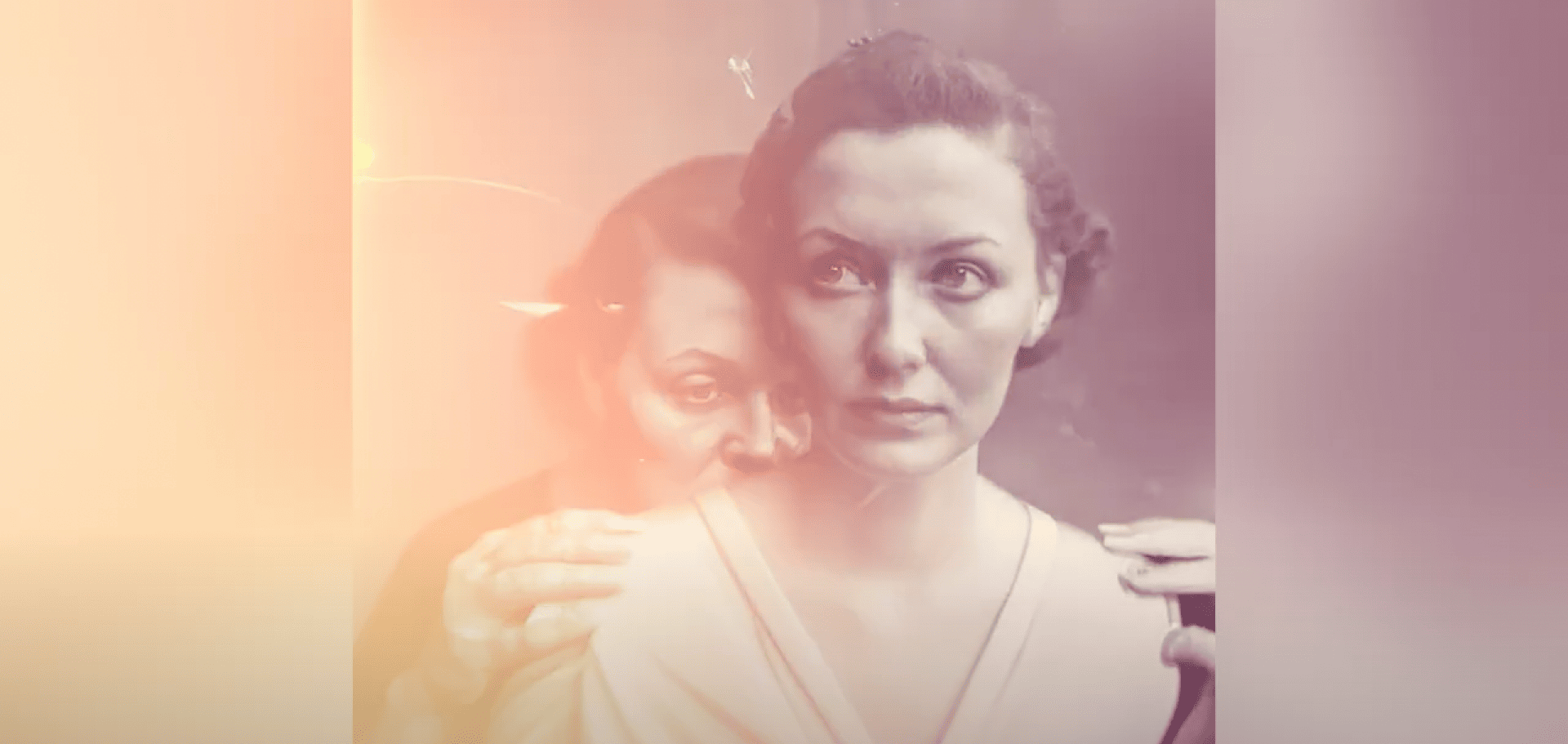
Round 2: Sam Hurd’s Counterpunch
Introducing Sam Hurd to the ring, sporting a tee that proudly proclaims “Explanation kills art” and a bio that reads, “Winner of 0 awards.” His vibe? Absolutely my kind of cool.
From what I can tell, Hurd is a creative with a strong social media following, a successful wedding photographer and a fan of using Imagen AI to streamline his workflow and editing process.
Hurd delivers a counterpunch, acknowledging the potential of AI in pushing creative boundaries and embracing the exciting possibilities that it can inspire. But he remains cautious, reminding us that true artistic growth, expression and our uniqueness can only be preserved by not relying solely or too heavily on AI.
The point remains unanswered, and I can only speculate, but I can’t help but wonder if creatives could become dependent on the seamless flow and ease of creation using AI, akin to the addictive thrill of picking up an iPhone and checking Instagram a hundred times a day. Will this oxytocin rush become the daily dose of inspiration we crave?
Round 3: The AI Machine’s Left Hook
Just when I thought the battle was solely between Eldagsen and Hurd, the AI machine decides to join the fray and unleash its left hook! With the introduction of generative AI images in Photoshop’s latest version, a whole new set of questions arises concerning the legal and ethical use of AI-generated content in commercial photography.
Uncle Ben says to Peter in Spiderman, “with great power comes great responsibility” and as the AI machine flexes its digital muscles, concerns about copyright, intellectual property, and the authenticity of creative works start to emerge. Can AI-generated content truly be considered original and protected under existing copyright laws? How do we ensure that AI doesn’t inadvertently infringe on the work of other artists, leading to legal disputes and ethical dilemmas?
As AI becomes more sophisticated and capable of creating hyper-realistic images, or even generating movie-like videos, the lines between what is real and what is AI-generated blur. In the realm of commercial photography, where authenticity and credibility are paramount, using AI to manipulate images could raise ethical concerns. Will audiences trust that the images they see are genuine, or will skepticism prevail?
Round 4: Terminology Tumble
With a rich background in Philosophy and more than three decades as a photographer, Eldagsen passionately urges the photography community to reconsider the terminology used around AI-generated imagery. During the discussion with Hurd, terms like “Promptographer” and “Syntographer” are tossed around as potential candidates, to differentiate those who create images through AI from traditional film or digital photographers.
Ah, the nostalgic days of the film to digital transition! Peace was hard-fought back then, but eventually, the photography community found common ground as the different titles became normalized. Now, with the advent of AI-generated imagery, a similar journey awaits those artists who venture into this new realm.
In the photography community, the power of terminology is undeniable, emphasizing the importance of inclusive language and comprehension of AI-enhanced art forms. Transparency in AI-generated imagery is crucial to ensure viewers recognize the photographer’s creative role, distinguishing it from fully autonomous AI art, so we don’t have another *cough cough* Sony saga.
Eldagsen’s perspective on the matter is crystal clear – he’s not one to embrace hashtags like #aiphoto or #aiphotography, and I can totally see why. The terminology we use around AI-generated art matters more than we may realize. It shapes the perception of this creative medium and influences how it’s integrated into the rich tapestry of photography.
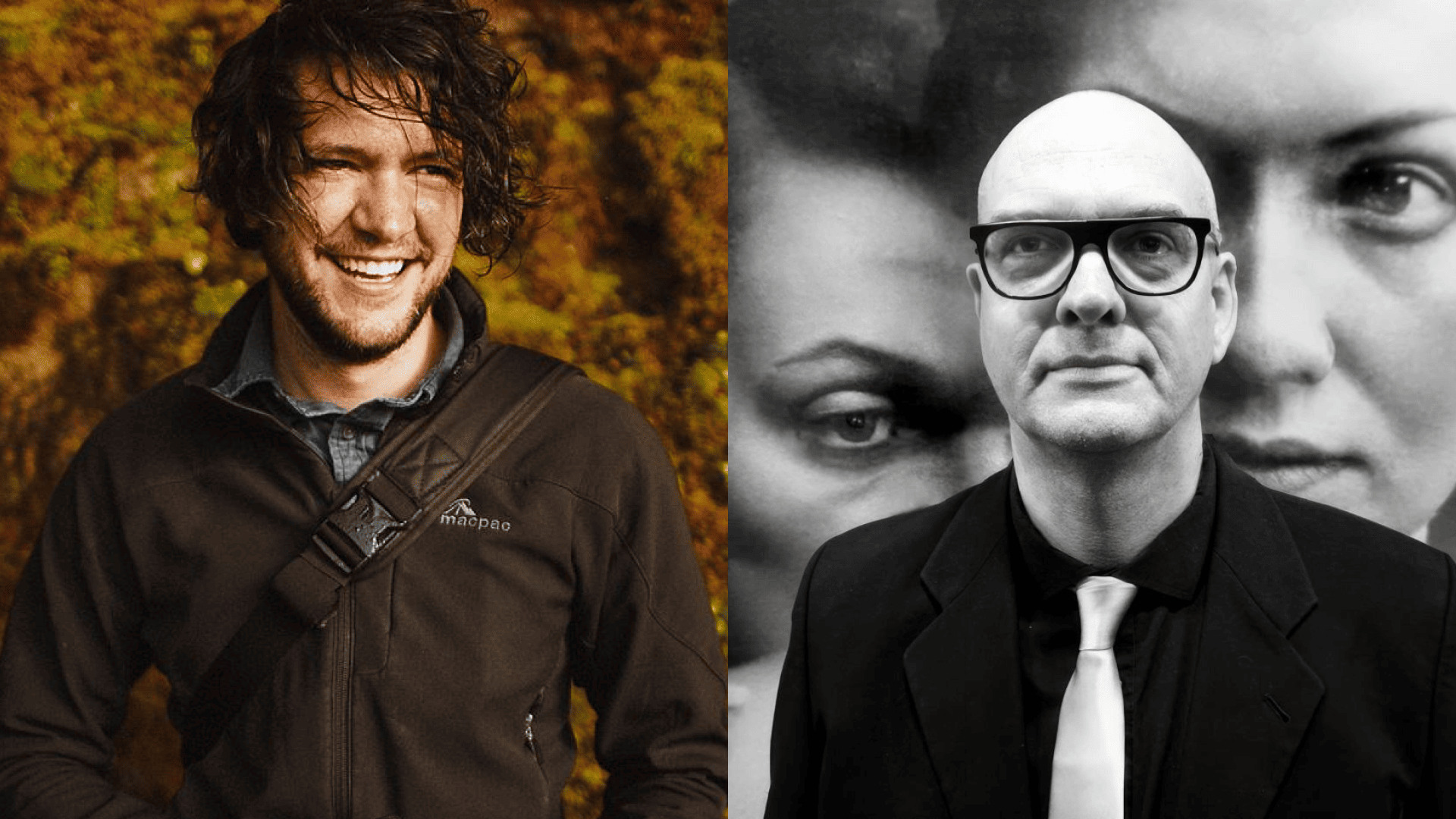
Eldagsen brings up a thought-provoking observation about AI-generated images bearing similarities to illustrations rather than photographs and Hurd throws a jab at the AI machine and boldly questions the essence of AI-generated images, wondering if they can genuinely be labeled as “photographs.” After all, the very term “photograph” derives from the Greek words “phos” (light) and “graphê” (drawing), translating to “drawing with light.” Can an image generated through voice or word prompts in the dark be deemed a photograph, especially when it lacks the involvement of physical light? The discussion plunges deep into the core of defining true photography within the realm of AI innovation, and it’s safe to say we haven’t heard the last of it.
Round 5: The Showdown – Fusion or Separation?
As the showdown escalates, the Hurd and Eldagsen passionately debate the future of photography. Will AI and traditional photography merge harmoniously, creating a seamless fusion of artistic expression? Or will they persist as distinct entities, with photojournalism and documentation standing steadfast, immune to AI’s influence? While the discussion continues, one thing remains clear: no machine can replace the heart and soul of a birth, wedding, or family photographer to name a few genres of photography where AI can’t even begin to compete. Our humanness, our soul and our ability to connect with our muse are irreplaceable and something no machine can generate.
Conclusion: The Final Bell
DING DING DING! In the final moments of the showdown, Eldagsen and Hurd realize they’re not just battling each other but also wrestling with the ever-growing AI machine. They leave the ring with an appreciation for AI as a creative tool, acknowledging its potential to aid photographers in our workflow. But they also understand that the magic of photography lies in the human touch, transparency, authenticity, emotions, and unique perspectives that will continue to breathe life into art, ensuring that creativity flourishes even in the face of advancing technology. The art of photography is not just about capturing images; it’s about weaving stories and emotions into every frame. The future holds a fascinating dance between human creators and the ever-evolving capabilities of AI, where we must trust in our ability to adapt and embrace the new artistic landscapes that unfold before us.
But as the dust settles, one truth stands strong: photographers and AI can coexist harmoniously. Yet, the heart and soul of photography will always reside within the photographers themselves.
In the end, it’s not a battle between photographers and AI, but a collaboration that enriches the world of photography. The future may be uncertain, but with visionaries like Eldagsen and Hurd and countless other photographers around the globe, the art form will continue to thrive and evolve, embracing the best of both worlds.
–
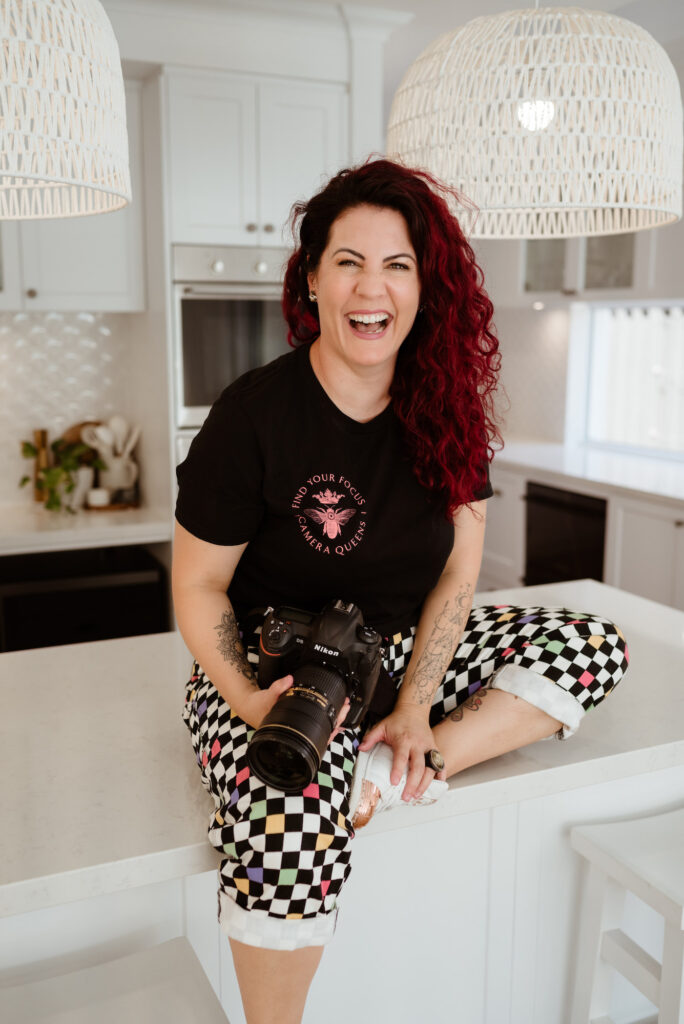
Belle Verdiglione is your break-the-rules mindset and business coach, speaker, and founder of Camera Queens, a female and non-binary photography community.
You can listen to Belle chatting with rad humans on her Camera Queens podcast.

